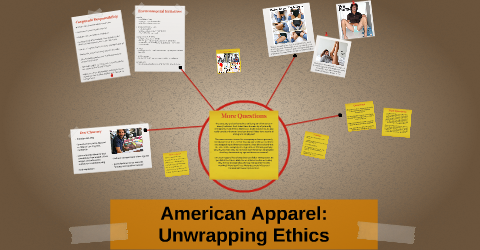Business Case Analysis – Required Report Format

Business Case Analysis Required Report Format
(Cover Page) – First and Last Names of Group Members.
TABLE OF CONTENTS
Executive Summary – An executive summary is a concise summary of a business report; 2 pages maximum. It restates the purpose of the report, highlights the major sections of the report and describes results, recommendations and implementation plan from the report.
1. Introduction – Provide a brief summary of the case with details of the stakeholders in the case and what their stakes are.
2. Define the Problem/Opportunity- This part should include only include elements from the case (external research may only be used as complementary information when analysing each of the alternatives). Do NOT research the company of the business case to copy the actions of the company! The exercise is for your group to struggle, develop and learn the process of analysing as well as resolving real company problems/opportunities.
Using a full sentence, state what the main issue(s) of the case is/are, such as:
- A threat or an opportunity?
- Related to internal problems/organization?
- Related to one or more environmental forces: Competition, Technology,
- Legal/Political/laws/regulations, social/cultural changes, market conditions?
3. Problem Analysis. Corresponding to the SWOT and Fish Bone Analysis (Ishikawa).
Identify the company’s internal strengths and weaknesses (SWOT analysis).
| Strengths | Weaknesses | Opportunities | Threats |
4. Identification and Evaluation of Alternatives (Brainstorm Solutions)- Corresponding to Step 2
The proposed alternatives represent a brainstorming exercise of possibilities to address the existing problem(s). Several options should be presented. One or a combination of alternatives must be used to address the existing problem(s).
Based on step 2, suggest how the company should proceed to:
– Remove the threat or minimize its impact, or/and:
– Counteract the effects of the corresponding environmental forces, or/and:
– Solve its internal problems, or/and:
– Make the best out of the opportunity presented
| Alternative 1 | Alternative 2 | Alternative 3 | Alternative 4 |
| Pros: | Pros: | Pros: | Pros: |
| Cons: | Cons: | Cons: | Cons: |
5. Recommended Course of Action- Corresponding to the Brainstorming and previous sections you should now be able to recommend a course of action. What is the best combination of alternatives (from the ones provided in step 5) given the available information and resources? Propose specific recommendations. They may be an addition to or a substitute for the firm’s current strategy and/or mode of organization. Be sure that you offer analysis and evidence to back up your conclusions.
| Recommendations: | Explanation and Rationale |
| Recommendation 1: | |
| Recommendation 2: | |
| Recommendation 3: |
6. Develop an Action Plan & Step 7- Implementation
Provide an Implementation Plan that could be followed if your recommended course of action would be followed. Prepare immediate, short and long-term actions that need to be developed to implement solutions to existing problems/opportunities. Remember to indicate who or which department will do what and when.
Develop the most effective, efficient, and feasible combination of alternatives to solve the problems within boundaries of the firm’s objectives. Do NOT recommend doing nothing, hiring a consultant, or setting up a team or task force to study the situation. You are the consultants or the Senior Executive.
Action & Implementation Plan: Indicate the Action Who will implement it? When? Cost Impact?
Immediate Actions
Short Term Actions
Long Terms Actions
Answer any questions of the case if required.
Conclusion
Explain and elaborate how your recommendation, action and implementation plan has addressed the main issue of the case.
Appendix
May include mathematical formulas and computations if there is any used ratios.May also include any figures, charts, graphs or tables that are built to support the text.
References (APA Formatting)





